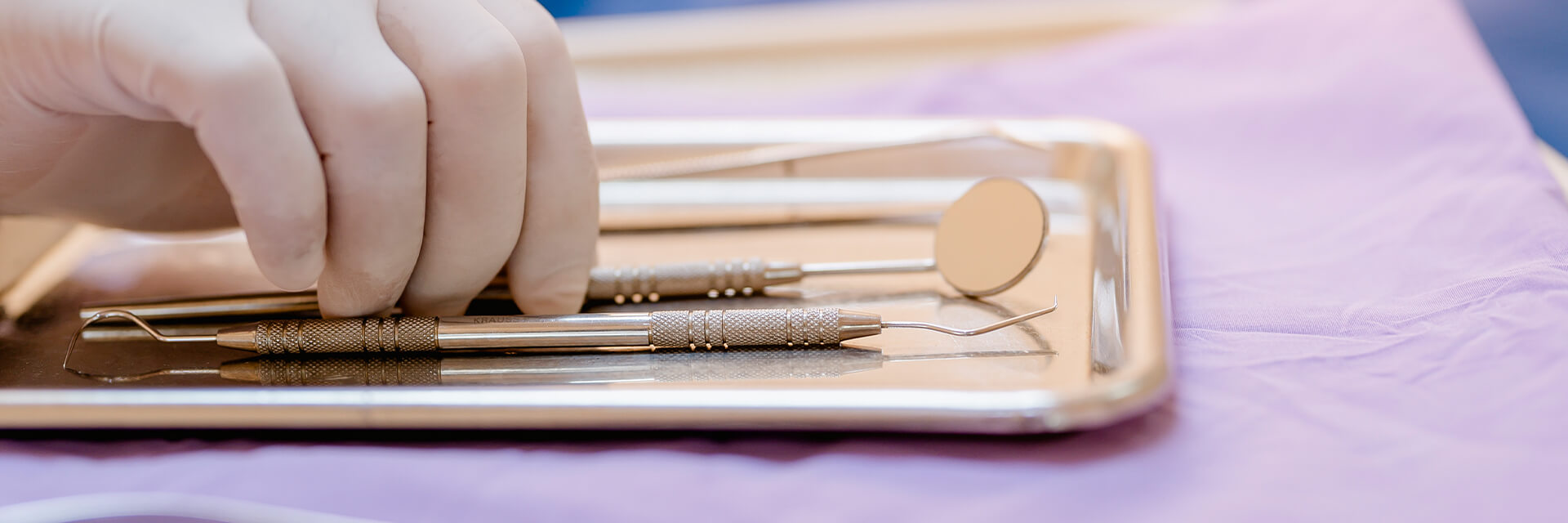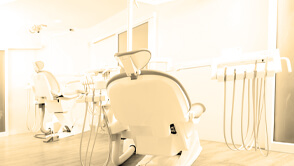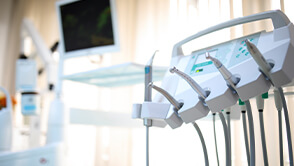
How to Determine the Value of Your Dental Practice
- Published
- Mar 2, 2021
- By
- Erick Cutler
- Share
Performing a dental practice valuation is no easy task. Whether you plan on selling your practice in the near future or simply want a fair comparison price against other dental practices for sale in your community, an accurate value assessment is critical when planning next steps or preparing for a dental practice transition. A professional valuation company may charge upwards of several thousand dollars to conduct a fair market review and produce an appropriate valuation report.
Before committing to spending the money, it’s important to understand the different valuation approaches and decide which is best for your practice and your valuation needs.
- Choose an evaluation method.
While many methods may be used to assess dental practice value, in general, most valuations follow either an asset-based, market comparison, or income-based valuation approach. An asset-based approach assesses value based on the various assets a practice holds and what value they would receive when sold. Market comparison identifies similar practices that have been recently sold and compares the value of your practice to these sales by comparing annual net profits, annual practice revenues and discretionary cash flow. Finally, income-based looks at projected future cash flow that is capitalized based on the present value of future earning (discounted cash flow method), a capitalization of excess earnings valuation, or a multiple of discretionary earnings. A combination of all three valuation methods (asset, market and income) generally delivers the most realistic market value for your practice. - Evaluate income and expenses for the last three years.
When determining the value of your dental practice, it’s important to differentiate between what you personally earn for tax and personal reasons and what another dentist might earn if you sold him or her your practice. This starts with a careful examination of expenses and income from the past three years. Normalize revenues and expenses to exclude unusual items that are not necessary to operate a dental practice. Next, determine the earnings of the practice. Practice owners are compensated both for practicing dentistry as well as for owning a practice that offers a return on their investment. Dental Economics recommends determining the practice owner’s investment income by subtracting the compensation for the services rendered by the dentist from the normalized net profit. - Determine proper capitalization rate.
Determining the proper capitalization rate is one of the most difficult parts of the valuation process. Generally, this rate varies between 18 and 25 percent. A capitalization rate of 25 percent means that the purchaser of your practice would theoretically be expected to recoup his investment in four years; a capitalization rate of 20 percent means it would take five years. When determining capitalization rate, take the following variables under consideration: practice size, specialty, location, experience, and number of staff. A high number of positive attributes are correlated with a lower capitalization rate and, in turn, a higher appraised value. - Understanding Fair Market Value vs. Sales Prices
Keep in mind that the fair market value for a dental practice may not always be the sales price. The fair market value is what a buyer should reasonably expect to pay should the assets of the practice be placed for sale. The final sale price, however, may take many other factors into consideration, including intangible factors like practice reputation. For example, if you’ve built a strong brand around your dental practice and it’s widely regarded in your community as the most desirable family dentistry practice, then this brand recognition carries weight that can affect the sale price. The practice’s location can make a difference too. Perhaps it’s conveniently located in a highly desirable downtown medical building space and you’ve secured an affordable, long-term lease for the practice. This could increase the value of your practice when compared with one that’s harder to access or in a more expensive building.
While a number of different factors may ultimately determine the sale price, following the above three steps will help you determine fair market value and what you can reasonably expect to receive for the sale of your dental practice.
What's on Your Mind?
Start a conversation with Erick
Receive the latest business insights, analysis, and perspectives from EisnerAmper professionals.







